Living Room Layout: Complete Guide to Furniture Arrangement
Whenever I walk into a home, one of the first things I notice is how the furniture is arranged. It doesn’t have to be perfect or fancy—but when a living room layout feels intentional, the whole space just works better. It feels more open, more welcoming, and more functional. If you’ve ever stood in the middle of your living room wondering where the sofa should go, or why something just doesn’t feel “right,” you’re definitely not alone.
Let’s take a calm, simple look at how to get your living room layout just right—without any overwhelm.
Related Article-
- What Can Be a Focal Point in Living Room Interior?
- Entryway Table Decor Ideas
- Differences Between Mediterranean and Tuscan Interior
What Is Living Room Layout Planning?
Layout planning is just a thoughtful way of deciding where your furniture and accessories should go. It’s about more than just pushing a sofa against the wall or squeezing in a coffee table. A good layout creates flow, comfort, and balance. It allows you to move freely, have conversations easily, and enjoy everything the space has to offer—whether that’s relaxing with a book or watching TV with your family.
Think of your layout as the invisible structure of your room. It affects how the room feels, how useful it is, and even how it looks in photos!
Why Is Living Room Layout Planning So Important?
It might feel like just a matter of taste, but layout planning is actually a bit like solving a puzzle. It helps you make the most of your square footage—especially if you have a small or oddly shaped room. Without a proper layout, rooms can feel cramped, imbalanced, or like something’s “off.”
A well-planned layout ensures:
- Comfortable traffic flow (no bumping into coffee tables!)
- Enough seating for your family or guests
- A natural focal point (like a TV, fireplace, or window view)
- Functional zones for different activities
- A balanced, calm feel
Whether your room is small, long, square, or open-concept, layout matters.
🛋️ How to Start Planning Your Living Room Layout (In a Simple, Stress-Free Way)
Don’t worry—you don’t need any fancy software or technical skills to get started. In fact, some of the best layout plans begin with just a little observation and a blank sheet of paper. Think of this as a gentle first step toward designing a space that works with you, not against you.
Start by standing in your living room and slowly taking it all in. Now, ask yourself a few helpful questions:
💡 1. What’s the main purpose of this room?
Is it primarily for lounging and watching TV? Do you host guests often? Maybe it’s your reading nook or the place where kids play. Your answer will affect your priorities—if it’s for relaxing and watching shows, the TV placement matters. If it’s for entertaining, conversation zones and flow become more important.
Tip: A room can serve more than one purpose, and that’s okay. You just need to decide which function comes first.
🚪 2. What are the fixed features I need to work around?
Look at the immovable elements in your room—like doors, windows, radiators, built-ins, or oddly placed columns. These are your “anchors.” You won’t be moving them, so your furniture should work with them. For example, if there’s a large window you love, you might want to avoid blocking it and instead highlight it.
Tip: Don’t forget about power outlets and light switches—especially if you plan on placing lamps or entertainment units.
🎯 3. Where is the focal point of the room?
A focal point is the first thing your eyes naturally land on. It could be a fireplace, a media console with a TV, a large painting, or even a beautiful view out the window. Once you identify this, arrange your key seating (like your sofa) to face or frame it. This helps the room feel grounded and intentional.
Tip: If your room doesn’t have a natural focal point, you can create one with a gallery wall, a console table, or a large indoor plant.
🚶 4. How do people move through the room?
Every living room has natural traffic flow—paths people walk through to get to other areas. Observe how you and others typically move in and out of the space. You’ll want to avoid placing furniture where people need to squeeze through or take awkward turns. Keep at least 30 inches of walkway around main furniture pieces.
Tip: In open-concept spaces, area rugs and furniture placement can subtly guide movement without using walls.
✏️ What Next?
Once you’ve answered these questions, sketch your room—nothing fancy! Just a top-down view with walls, windows, and doorways.
1. If you prefer digital tools, you can try free apps like:
- Roomstyler
- Planner 5D
- Floorplanner
These tools let you drag and drop furniture pieces and see how things look from a bird’s eye view. They’re super helpful when you’re deciding whether a sectional fits better than a three-seater, or how far your coffee table should be from the sofa.
Prefer a Hands-On Method? Try This DIY Approach?
2. 🧮 Use Graph Paper (Yes, the Old-School Kind!)
If you’re not into digital tools, no worries—go old-school! Grab a graph sheet or squared notebook and set a basic scale like 1 square = 1 foot.
- First, draw the shape of your room, including doors, windows, and any fixed features (like a fireplace or built-ins).
- Then mark out pathways where people walk through, and note areas where nothing can be placed.
3. ✂️ Make Moveable Mini Furniture
Now comes the fun part! Cut out small paper squares or rectangles to represent your furniture. For example:
- Sofa: 7 squares x 3 squares
- Armchair: 3 x 3
- Coffee table: 3 x 2
- Rug or carpet: 8 x 5
- Plant or side table: 2 x 2
Use slightly thicker paper or card stock if you have it, so you can move these pieces around on your room sketch without tearing or slipping.
🛋️ Start Playing With Placement
Place your “sofa” first—usually the largest piece—and work your way out. Move the pieces around to explore what works best. The goal is to:
- Create a clear conversation area
- Allow walkways of at least 3 feet
- Leave space for occasional furniture (like poufs or side tables)
- Check if there’s enough space for extra objects or reading chairs you might want to add later
This physical method helps you see your layout as a whole—and it’s oddly satisfying too. Sometimes, I still do this when working on tricky spaces for clients, because seeing it in your hands makes it feel real and doable.
If you’d like to visualize your ideas before committing, explore The Best AI for Interior Design – Free Tools Anyone Can Try to experiment with layouts and styles virtually.
💡 Tip: Take a photo of your final paper layout to refer to later when moving the actual furniture.
Furniture Arrangement Basics
Here are some simple, practical tips I’ve used in countless homes:
- Start with the biggest piece first. Usually, this is the sofa. Place it facing the focal point.
- Leave space for movement. Aim for about 30 inches of walkway between furniture.
- Create conversation zones. Keep seating close enough so people don’t have to shout. Chairs and sofas should face each other or be angled together.
- Balance large and small furniture. Don’t put all the heavy pieces on one side. Mix in light items like open shelves or leggy chairs.
- Use rugs to anchor zones. Rugs help define areas—especially in open-concept layouts.
- Try floating furniture. Don’t feel forced to push everything against the walls. Floating a sofa can make a room feel cozy and intentional.
What to Do If You Have a Small or Tricky Room
Small or awkward rooms are common—and there are always workarounds! If you’re short on space:
- Choose furniture that’s appropriately scaled (a petite sofa instead of a sectional)
- Use nesting tables or wall-mounted shelves
- Place mirrors to reflect light and open up the space
- Keep your color palette light and your layout open
- Don’t overcrowd—leave breathing room
For long or narrow rooms, try creating two separate seating zones or using a bench or console to visually divide the space.
Common Mistakes to Avoid
Even with the best intentions, there are a few traps many of us fall into:
- Pushing all the furniture against the walls
- Blocking windows or doorways
- Using a rug that’s too small
- Forgetting lighting when placing furniture
- Choosing style over comfort
These are just a few of the design pitfalls people make. For a complete guide, read 22 Common Interior Design Mistakes to Avoid — it covers practical fixes that can transform every room in your home.
Remember—your living room should look good, but it should feel good first.
🎥 Want to See It in Action?
Want More Help? Explore These Useful Resources.
👉 Watch: “How to Layout Your Living Room” by Nick Lewis
Nick walks through sofa placement, common mistakes, and tips that work for both large and small rooms.
You can also look up “Space Planning with Graph Paper” by Young House Love on YouTube for a visual tutorial of the exact DIY method we just talked about!
You can also check out YouTube tutorials from trusted creators like:
These links offer visual guides, room walkthroughs, and design tricks that bring layout tips to life.
Final Thoughts
Planning your living room layout doesn’t have to feel technical or stressful. With a bit of attention to function, flow, and comfort, you can create a space that feels as good as it looks. Take your time, trust your instincts, and have fun moving things around. Your perfect layout might take a few tries—but once it clicks, you’ll know. And your living room will feel more like home than ever.
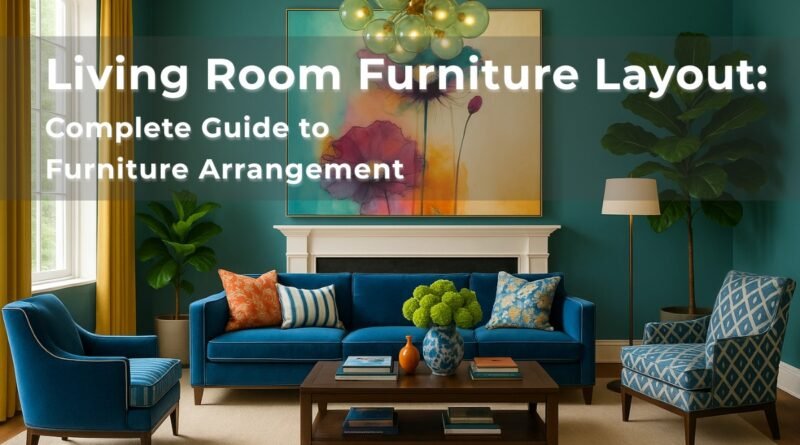
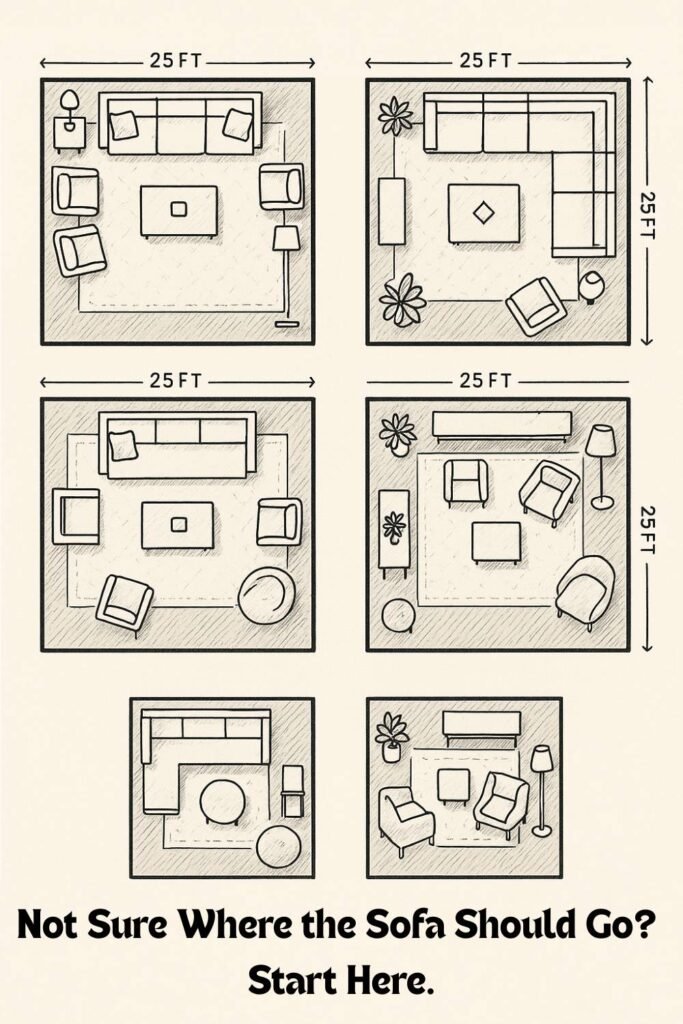
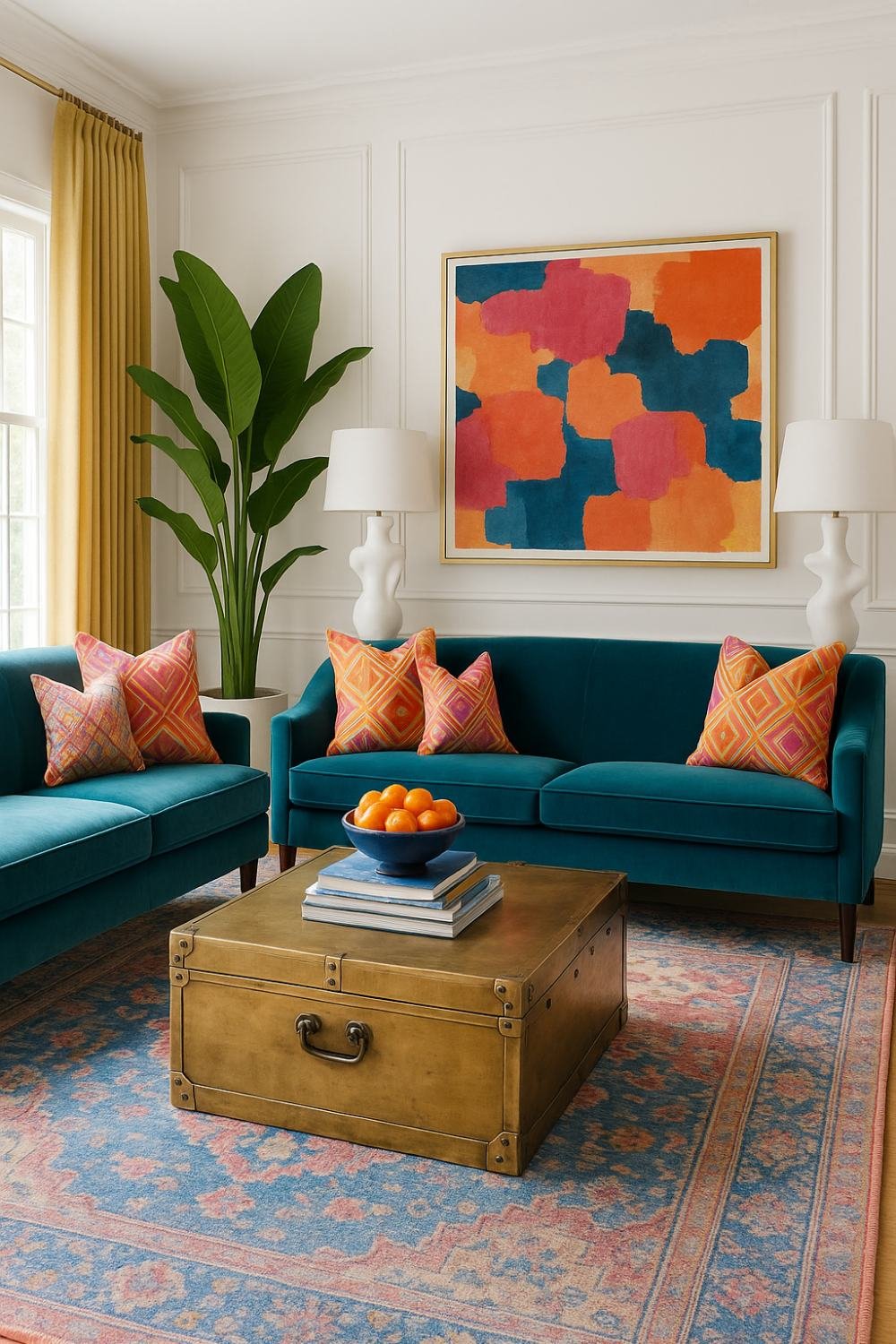
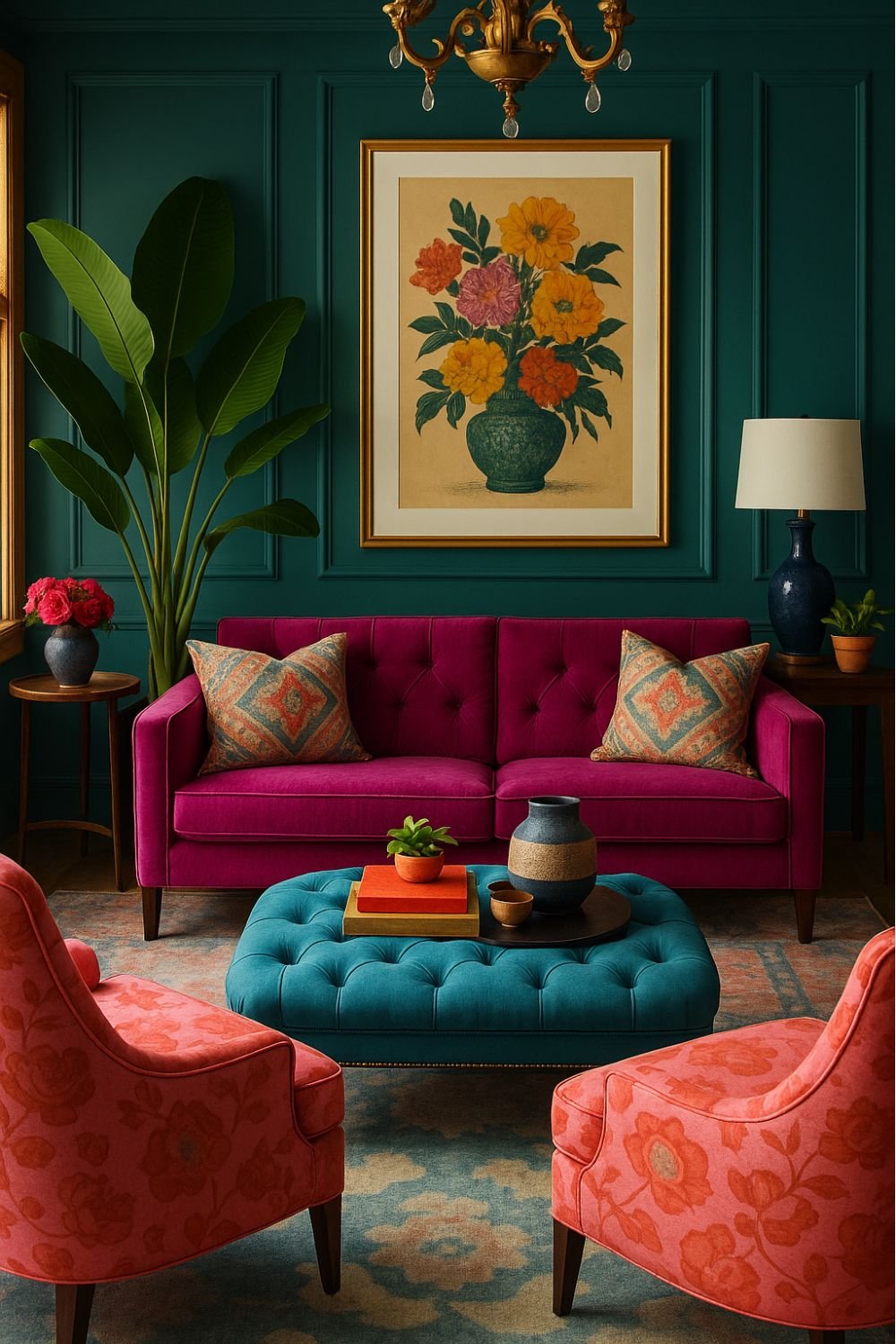

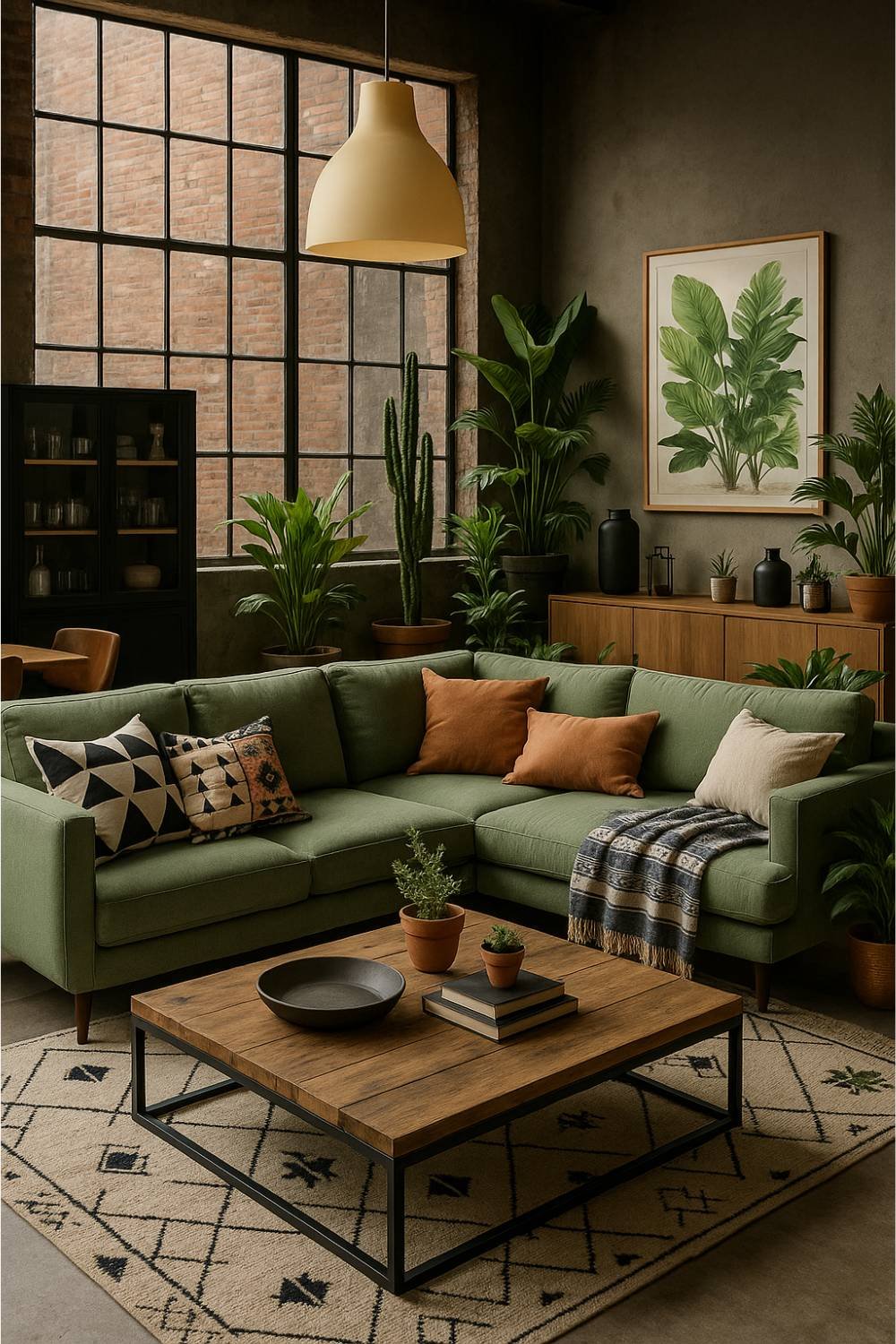

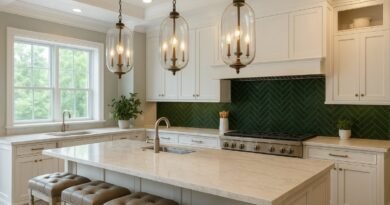
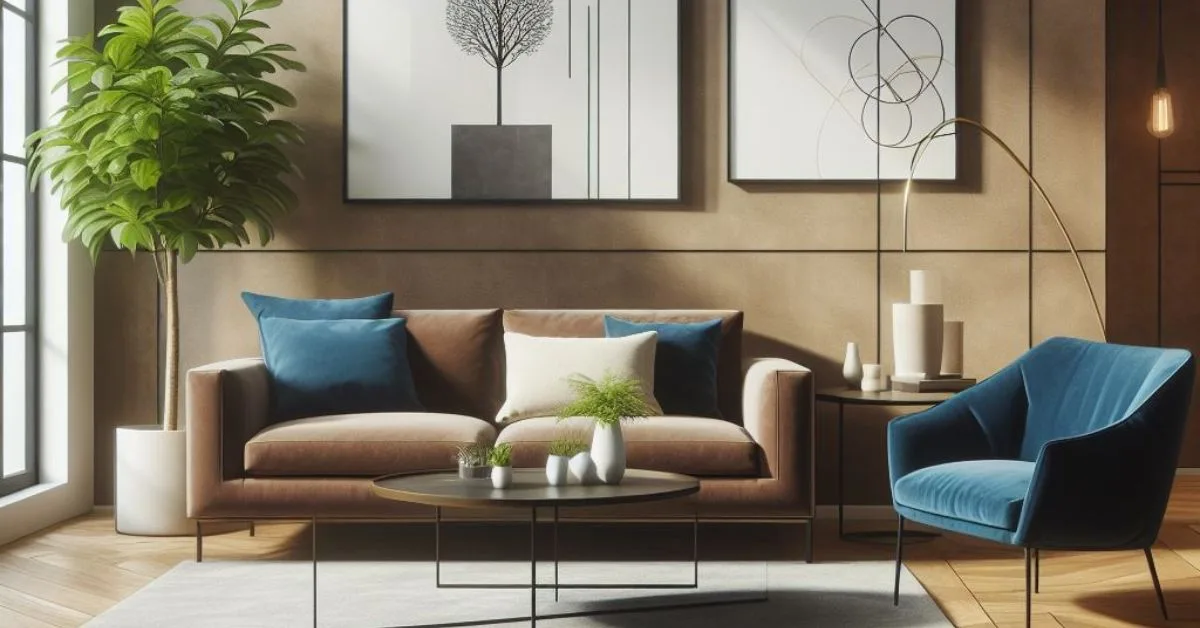
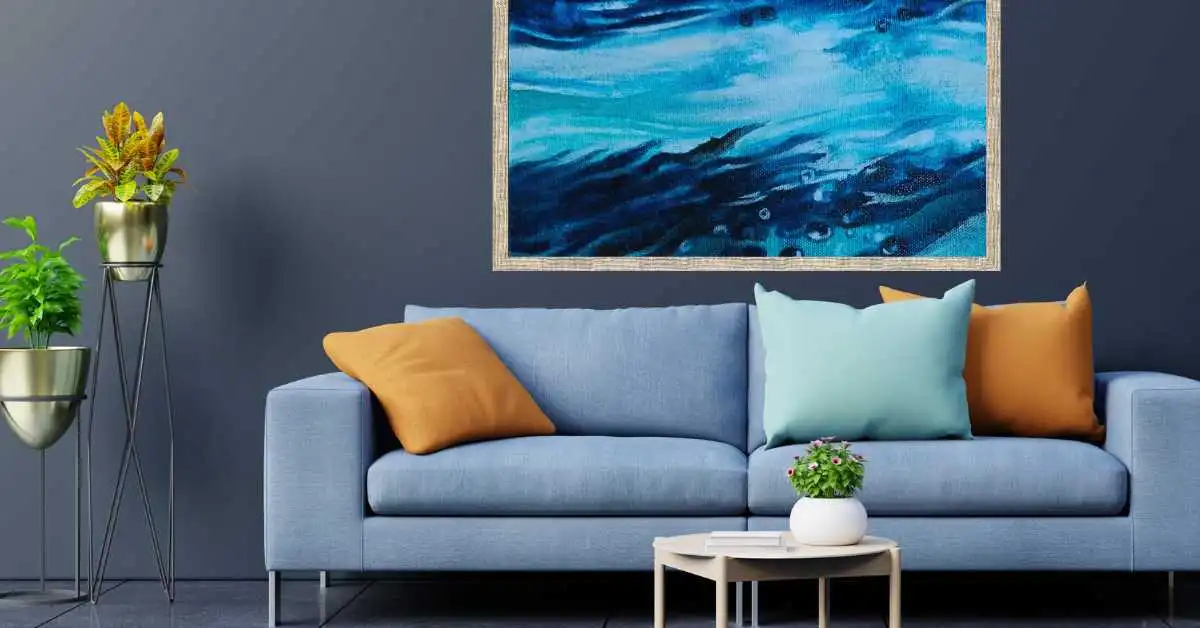
Pingback: 15 Blue Sofa Living Room Ideas You will love.
Pingback: 30 Simple Vastu Tips for the Living Room to Attract Prosperity.
Pingback: Aquatic Abstract Art to Infuse Coastal Vibes into Your Home
Pingback: How to choose the perfect Marble Coffee Table?
Pingback: 22 Common Interior Design Mistakes and how to fix them. - CozyHavenTales
Pingback: Unlocking Design Secrets: 7 Elements of Interior Design